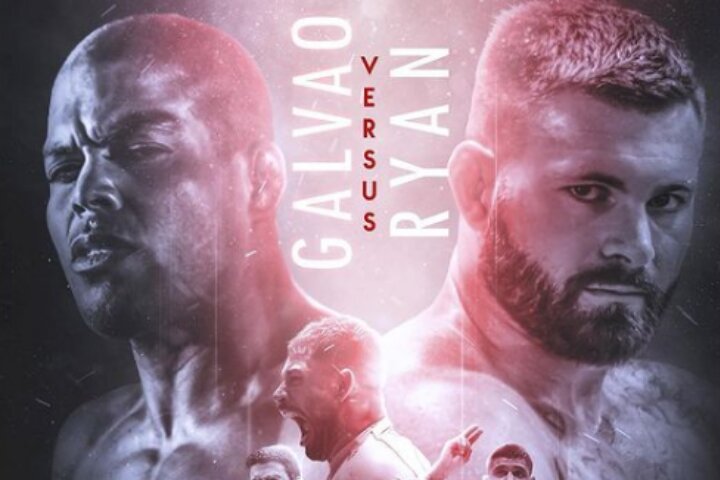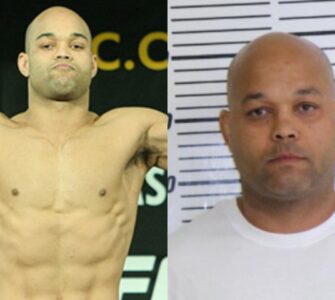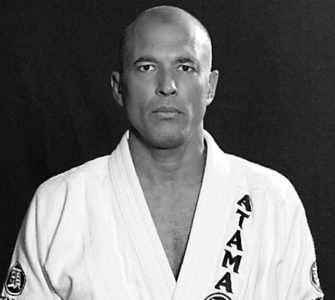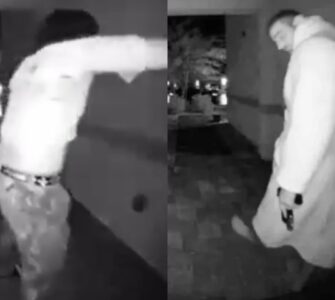While it can often be easy to criticize, it is much more challenging and rewarding to offer potential solutions. So as a follow-up to my criticisms of ADCC and how they run an aging tournament, I’ve decided to offer 3 quick things they can implement to help improve the latest event scheduled in 2022.
The spectator experience should be the focus of the next ADCC. Supposedly there is a sold-out venue with more than 11,000 planned in live attendance, there will be tens of thousands streaming live, and lastly, there will be potentially hundreds of thousands of views sometime into the future after the streamed event. People will potentially watch this event decades from now.
It might first be valuable to define ADCC’s audience. Clearly anyone that falls into the categories just described, anyone watching the event from ringside to home on their couch, is defined as a spectator. Some may be watching from the bleachers, and some may be watching on a 2-inch screen on a mobile app. Now while they are all valuable and we would want all of them to have a positive experience, their specific requirements may be different.
So, with so many potential eyeballs, it’s important that spectators are appropriately entertained. This will not only solidify ADCC relevance in the grappling world, but also be important to submission grappling’s status, and overall growth of the sport as it seeks to integrate into mainstream sports media. Basically, you want people immersed in the action. The way you do that is help them understand the-rules-of-the-game. The way to immerse your audience is to let them fully understand what is happening, perhaps so much so, they can watch multiple mats at once and still comprehend and enjoy all the action. Things like injuries, confusion, controversy, and chaos can diminish the perception of the event. These kinds of things are not deal breakers, meaning people will not necessarily want to compete or spectate the event, it more likely could mean you don’t grow as fast as you could. And for the pinnacle of submission grappling, you’d certainly want your full potential realized.
So now we know why ADCC must succeed, here’s some quick ideas to make it clearer for everyone:
- Produce a Detailed Written Rule book. Did you know that the first set of written rules for baseball was published in 1845 by Alexander Cartwright, and contained twenty rules known as the ‘original 20 rules of baseball’? Going back through the modern history of sports, it would be hard not to find comprehensive, detailed rule books dating back decades, even over a century. So why has ADCC not produced one? Yes, they’ve got some words down on paper, but when we compare it to written rules like the IBJJF or Abu Dhabi Jiu Jitsu Pro, it appears empty of the most critical information. If there is something you would discuss at a rule’s seminar, then it’s something you should put down in detail in writing.
- Border Enforcement. Sometimes it’s unfortunate in grappling to have exciting action get interrupted by going out of bounds, but it makes the most sense. There are no boundaries if there is no consistent boundary enforcement. Allowing people to roll off the mats onto hardwood and concrete, into spectators and other matches, and even grappling under tables, is unsafe, it’s unproductive, and it looks unprofessional. Give me the last example of an Olympic event where competitors were permitted to be out of bounds and under a table during competition? If competitors know they cannot go out of bounds, you will be amazed at how resourceful they are at staying in bounds. But what if people use these strict boundaries to escape? Well, you penalize and disqualify them so they are discouraged against it. It’s simple matter of enforcement.
- Adopt Standard Commands and Gestures. Nearly every sport that has professional officiating contains a certain number of standards that apply across the sport. For grappling, officiating is distance specific. For instance, a referee’s vocal commands can often only be heard by the competitors, so very close proximity and short range. Sometimes, this is augmented with a whistle, which helps extend the range and signify certain activities. As a supplement to hearing range, visual gestures can augment the spectator experience by signifying when certain important activities ( like scoring, penalties, boundary enforcement, and clock stop/start ) have occurred. Some folks may be able to see the scoreboard, many will not. Frankly, the scoreboard does not provide a play by play of the action, but merely a summary, so it’s not the only information you need to understand what is going on or what has happened.
So while not having to change the judging format of a table of judges and the role of referee that serves as the ring assistant, ADCC should consider having the referees start using standardized hand gestures and verbal commands to enforce the rules. For instance, although the referees don’t actually score or penalize, I think it would be good if the referee still signified when a score or penalty occurred, which would match the scoreboard. This should be very easy to adopt since it’s not starting from scratch. How about gesture signifying the start of points in the middle of the match? How about consistent referee gestures so we know when they plan to stop or start the clock? How about a physical gesture when the referee issues a warning? These should seem fundamental to officiating.
So, without any changes to existing rules, without much cost, and with just a bit more referee training, ADCC has a chance to quickly improve the spectator experience. The question for the last twenty years has been when will the tournament update, so let’s hope this momentous scheduled event in 2022 helps motivate them to make something truly great to spectate.
Author David ‘Silverfox’ Karchmer was awarded his black belt in Brazilian Jiu Jitsu in June 2012 and has been training for more than 21 years. In addition to training and instructing, David has focused the last thirteen years on officiating grappling competitions and has officiated more than 4500 gi and no-gi matches at over 89 events for multiple organizations. He was a previous head referee at Grapplers Quest, Tap Cancer Out, FIVE Grappling, UAEJJF New York Open, Copa NoVA, Hudson Valley Invitational, and Rollmore SuperComp tournaments, and routinely officiates events in North America. For more about David, go to: www.facebook.com/thegrapplingreferee



















